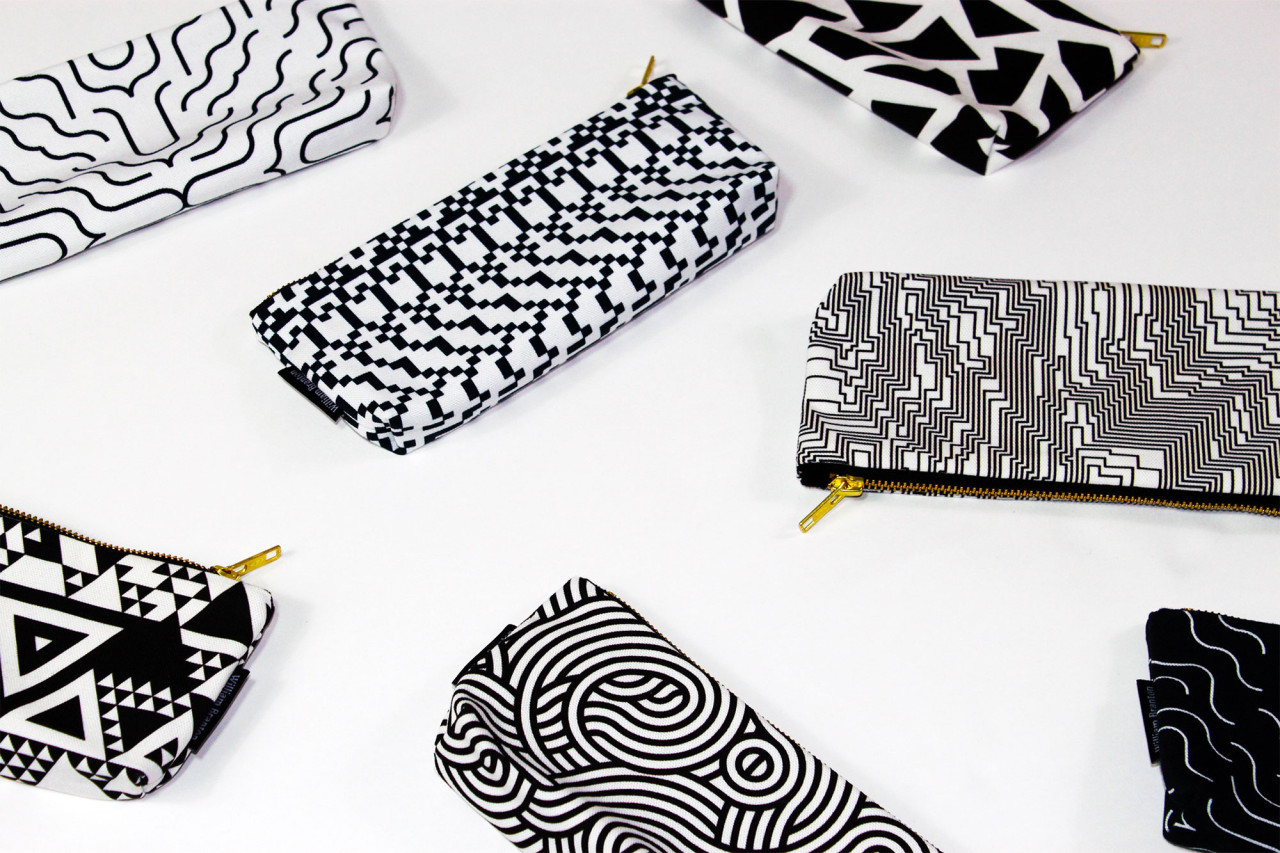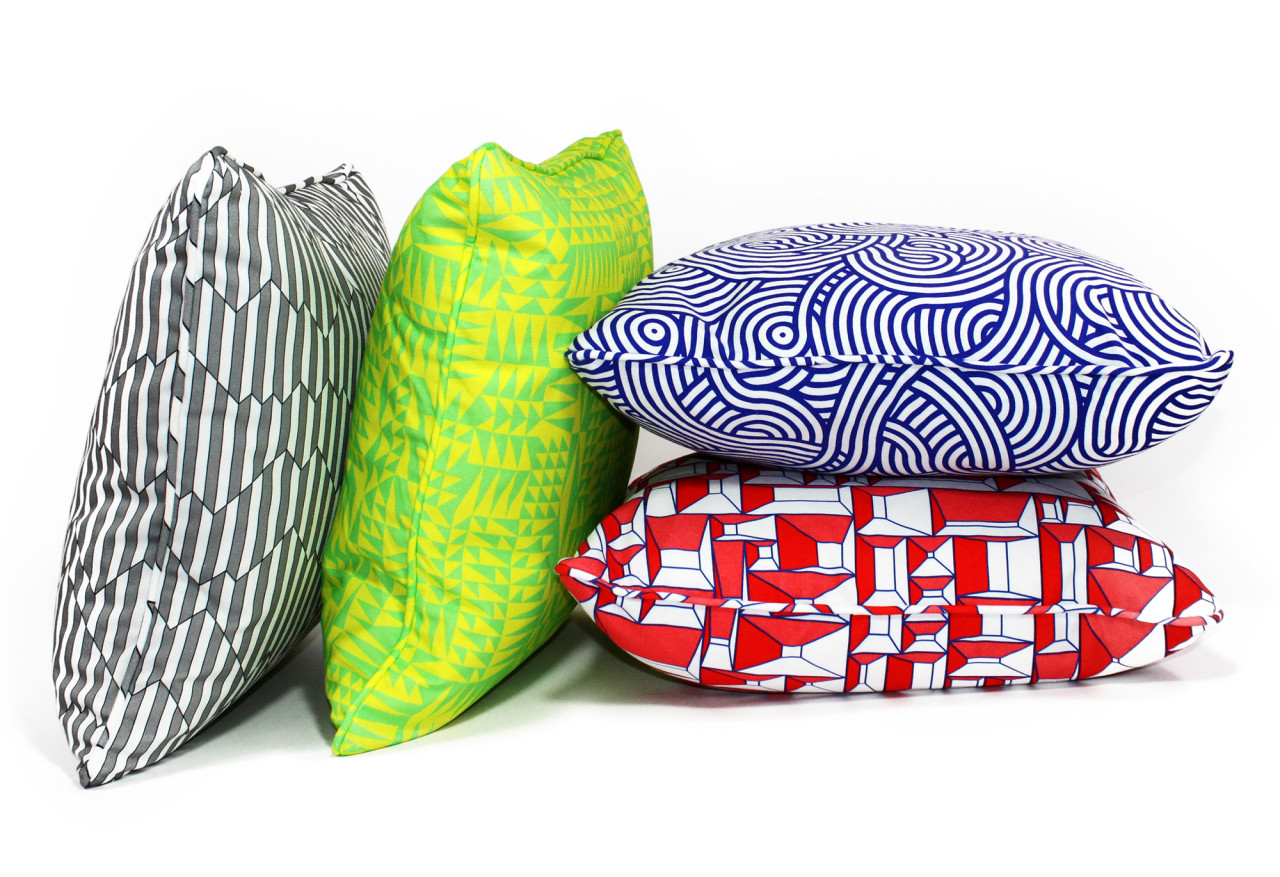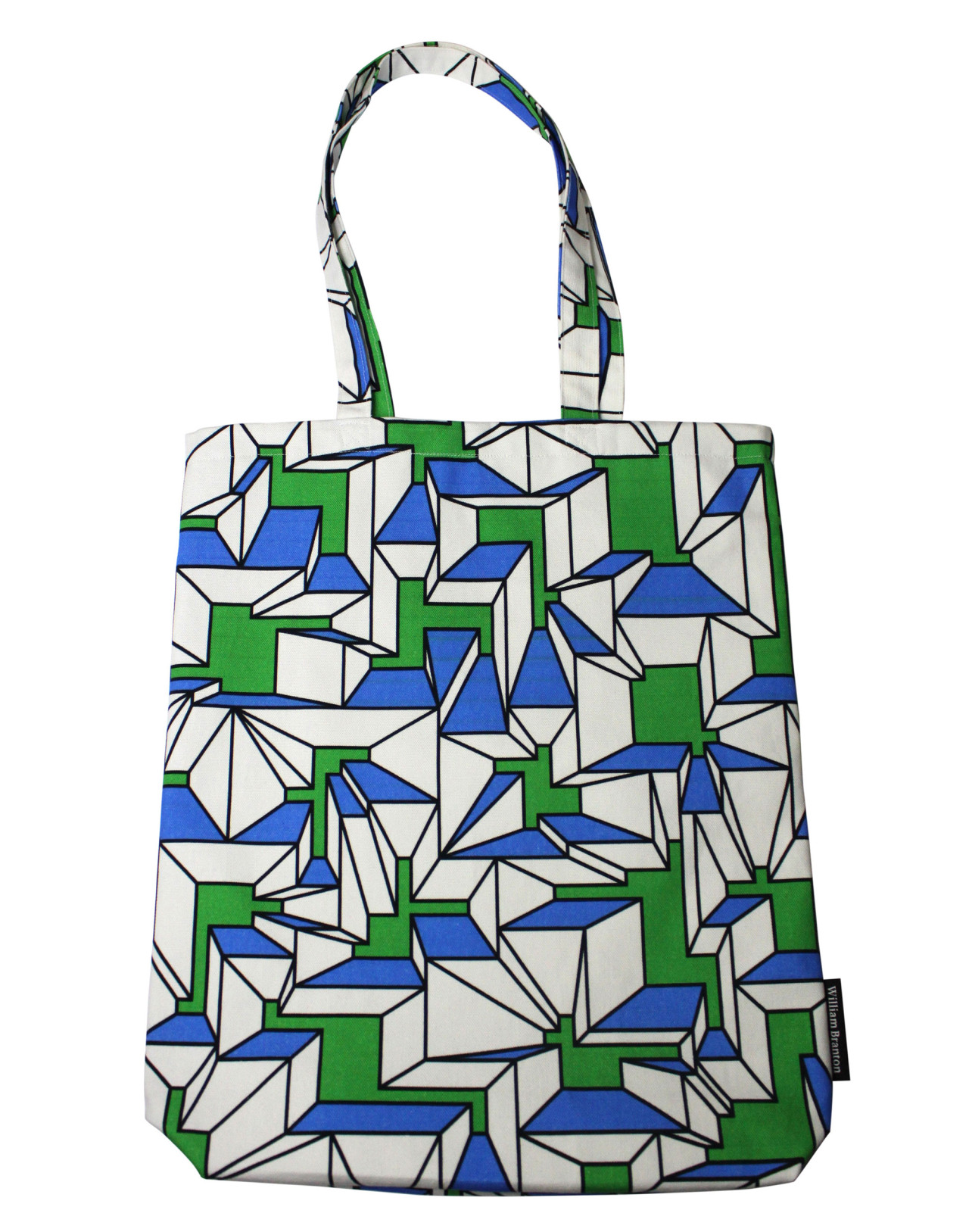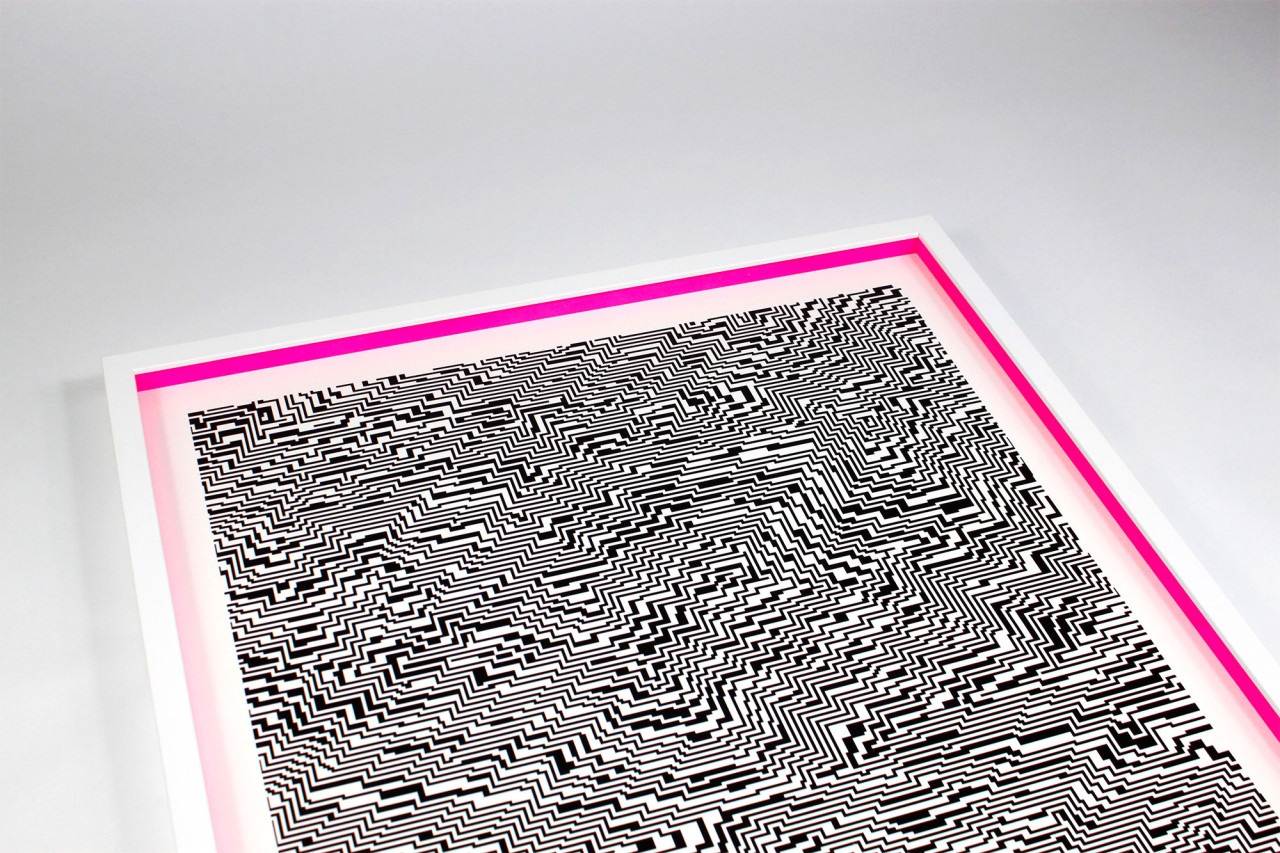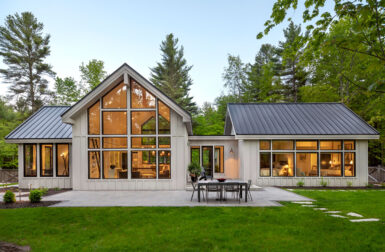Having grown up in the British seaside town of Ramsgate, William Branton studied graphic design before working as a freelance designer for clients like Topshop, Urban Outfitters and Paperchase. He is now applying his inimitable graphic style to surface pattern design through his own collection of home and fashion accessories. Currently splitting his time between London and his home county of Kent, William was kind enough to spare us the time to tell us about his latest work…which we’re excited to see at this year’s designjunction in London in late September.
What’s the most important thing to know about you?
I am a creative, passionate, hard-working person who loves to make beautiful work and products that excite, enrich and bring joy to people’s lives.
Why did you decide to go into textiles and accessories having studied graphic design at the London College of Communication?
I got into textiles and pattern design by accident, just through sketching and doodling. It started when I would spend time designing patterns around or for my university projects. These got a bit of attention online and I started to complete licensed designs to companies like ‘Ohh Deer’ who sold products through Topshop and Urban Outfitters. Following university, I did a bit of traveling and spent some time working out what I wanted to do – stay with graphics or experiment with textile design. I decided that it would be a fun challenge to build a brand under my name. I had limited experience dealing with textiles or product design so I had to be proactive and teach myself about materials and the processes involved. I had some knowledge of screen-printing on paper from a prior project and had some general understanding of the printing process, but I didn’t really have an understanding of fabrics, so I had a lot to learn! But my graphics background really helped with designing prints as I already understood a lot of the fundamentals like color, composition, balance and communicating visually. I really enjoy designing patterns and I think it comes very naturally to me. Graphic design is very momentary, whereas pattern design seems to have more permanence.
How influential has London been on your work?
London is great because there is such an assortment of cultures and it’s a hub of creativity, which I find it very inspiring and motivating. I am always being exposed and challenged by great designs and ideas. The city is a source of constant inspiration, from the people and buildings to the museum and galleries.
What inspires your work?
It’s quite difficult to pin it down to one thing. It could be line, a form or a color in an artist’s or designer’s work that I like and want to take forward in a design. Sometime there is no visual inspiration and I will create designs by randomly playing and sketching in different grids.
Which artists or designers to you admire – past and present?
There are many designers that I admire but I love designers who use color patterns and ornate designs in their work. In the world of graphics: Kate Moross
Wim Crouwel, Marian Bantjes, Stefan Sagmeister and Morag Myerscough. Designers and artists I admire include: Paul Smith, Sonia Delancy, Matiessi, William Morris and Nathalie du Pasquier. There are some really inspiring companies or brands too, like: Marimekko, HAY and Vlisco – and art movements like Op art, Bauhaus and Memphis have influenced me too.
Your work features bright colors and bold patterns – where did you love of and confidence with color and pattern come from?
I like making designs that have bright colors and bold patterns because it excites me. I like making bold powerful design and I’m not scared of using color that is different from the sometimes-dull norm.
How do you put together a color palette?
I’ve built up a good color theory and feeling through my graphic design, so it’s quite instinctive now. I mainly work with less than four colors per design, which tend to be quite bright and colorful but I am starting to look at more subtle colors combinations.
What’s the process you go through to create a pattern?
Sometimes it starts with a shape or color palette I’ve seen. I’ll then start with hand drawings, which are then digitalised to create the final artwork. Utilising grids and working to a set of rules keeps the richness of the hand-drawn expressive feel, while retaining clean sharp lines. The designs mainly focus on bright blocks of color with over-lapping effects and consist of mainly two or three hues, which ensures they are bold, geometric and colorful.
How are your products made?
At the moment they are designed, printed and made in England – My patterns are applied to high quality products, which I started developing with the help of family members who have a better understanding of fabrics and soft furnishings than I do. It took some development to get the designs right for the various products, as we started out from scratch, but with the help on my brilliant seamstress of a mother, we managed to develop a range of soft furnishings! We plan to continue making and developing the product range with other printers and manufactures. The objective of all my prints and textiles is to excite and enhance people’s lives with their vibrant qualities.
Do you have a creative routine?
I don’t really have a creative routine as such, but I find I get the best design ideas on the go as I travel around, so I always keep a sketchbook on me, just in case I need to document ideas and designs.
Tell us about your workspace – is it tidy or chaotic? What’s on your desk right now?
Somewhere between the two – I prefer being tidy but I always end up being a bit chaotic with the various projects I’m working on!
What is your favorite tool?
Can I have three? Pencil and paper – and Adobe Illustrator.
Which of your products is your favorite so far?
I think the cushions are my favorite because they sparked the initial idea of starting a company.
What are you working on right now – what can we look forward to seeing at designjunction in September?
I’m working on lots of amazing designs and new product ranges, continuing to develop my product and prints range and starting to look at other products like paper-based products ranges like stationary, gift wrap, notebooks and wallpaper – watch this space!
What’s your dream collaboration?
I would love to work with a big brand like Nike or Google, who have massive exposure. Additionally, collaborating with a famous designer like Paul Smith who has a complete different set of skills could produce something really interesting. If William Morris was still around, that would be an awesome collaboration!
Explore William’s work here and register for designjunction London here.




